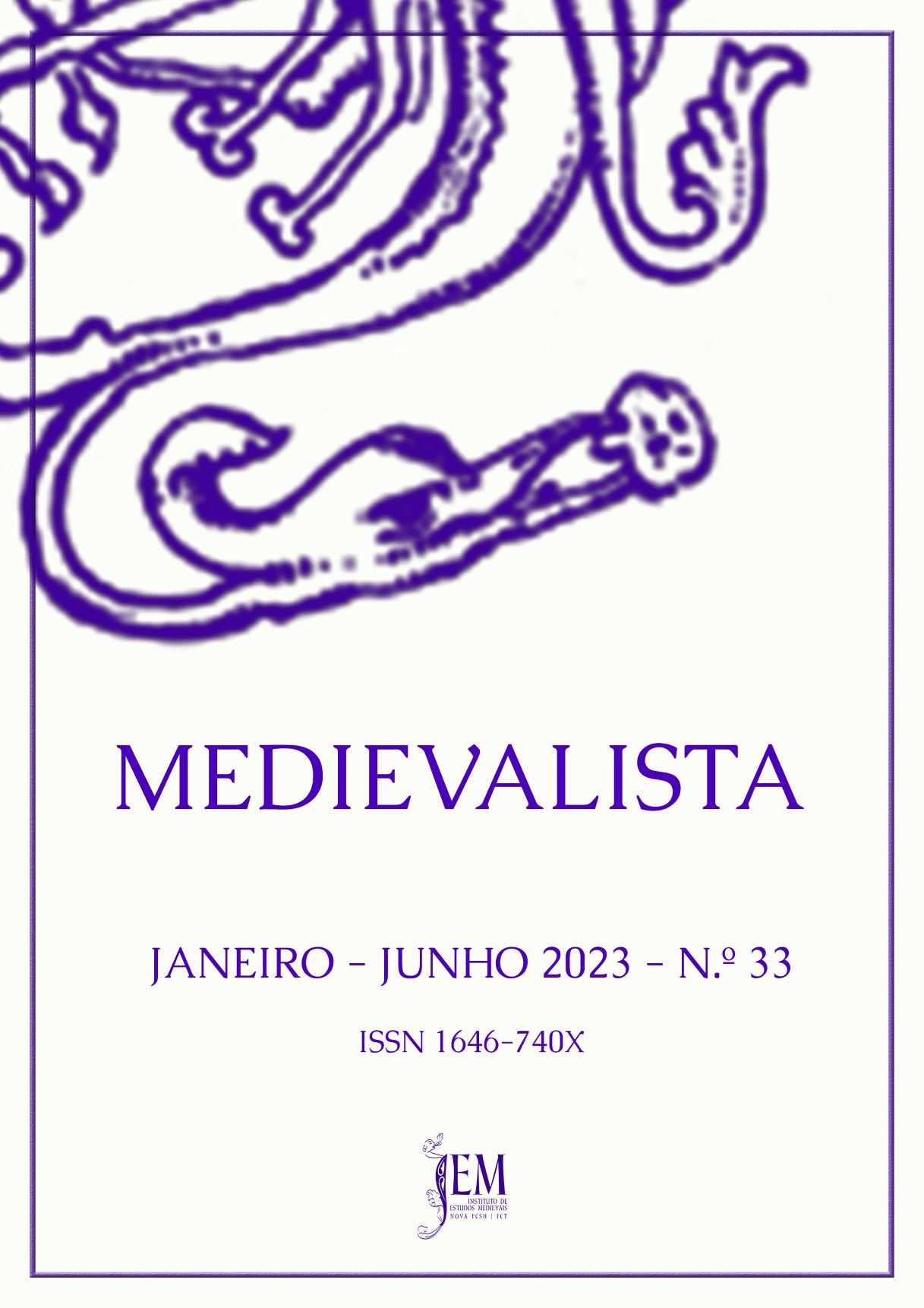The lapidary elements of the Castle of Belvoir
Anastylosis of the chapel
DOI :
https://doi.org/10.4000/medievalista.6278Mots-clés :
Chapel, reconstruction, architecture, elbow column, surveyRésumé
The systematic study of the blocks of the Belvoir castle lapidary has allowed us to restore several architectural ensembles that could have belonged to the castle chapel, which has now disappeared. In this article, we present the method of analysis and recording of these blocks, as well as the protocol of 3D reconstruction that allowed us to formulate several hypotheses concerning the shape, decoration and roof of the chapel. One of them proposes an architectural ensemble with an ogival vault, to which numerous lapidary elements seem to belong, but in opposition to the style of contemporary constructions in the Latin East. As for the other, it is based on a style more in line with the architectural context, but few of the stones found could belong to it. Without proposing to definitively settle the question, this article also demonstrates the interest of a very strong interconnection between archaeologists, stone-cutting specialists and architects allowing, around the 3D reconstruction, to propose hypotheses considering all the data of the problem.
Bibliographical references
BALASZ, Major – “Constructing a medieval fortification in Syria. Margat between 1187 and 1285”. In EDBURY, Peter; PRINGLE, Denys; MAJOR, Balász Major (eds.) – Bridge of civilizations. The Near East and Europe, c. 1100–1300. Oxford: Archaeopress, 2019, pp. 1–22.
FOLDA, Jaroslav, FRENCH, Pamel, COUPEL, Pierre – “Crusader Frescoes at Crac des Chevaliers and Marqab Castle”. Dumbarton Oaks Papers 36 (1982), pp. 177-210.
FRANCOIS, Paul; LEICHMAN, Jeffrey; LAROCHE, Florent; RUBELLIN, Françoise – “Virtual reality as a versatile tool for research, dissemination and mediation in the humanities”. Virtual Archaeology Review 12/25 (2021). DOI: https://doi.org/10.4995/var.2021.14880.
GRABINER, Esther – La colonnette coudée. Diffusion d'un élément architectural entre Orient et Occident aux XIIe et XIIIe siècles. Paris: La Sorbonne, 1994. Thèse de doctorat.
MESQUI, Jean – “La fortification des Croisés au temps de Saint Louis au Proche-Orient”. Bulletin Monumental 164 (2006): L'architecture en Terre Sainte au temps de Saint Louis, pp. 5-29.
PHALIP, Bruno (dir.) – Mission archéologique de Belvoir (Israël), Kokhav Ha Yarden. [Rapport de recherche]. Ministère des Affaires Etrangères et Développement International; Centre de Recherche Français de Jérusalem; UMR 5138; CHEC EA 1001; Geolab; IAA Israel, 2015, pp.28-40.
PRINGLE, Denys – The Churches of the Crusader Kingdom of Jerusalem: a Corpus. Vol. III. The city of Jerusalem. Cambridge: Cambridge university press, 2007.
PRINGLE, Denys – Churches, Castles and Landscape in the Frankish East. Farnham; Burlington (VT): Ashgate Variorum, cop. 2013.

